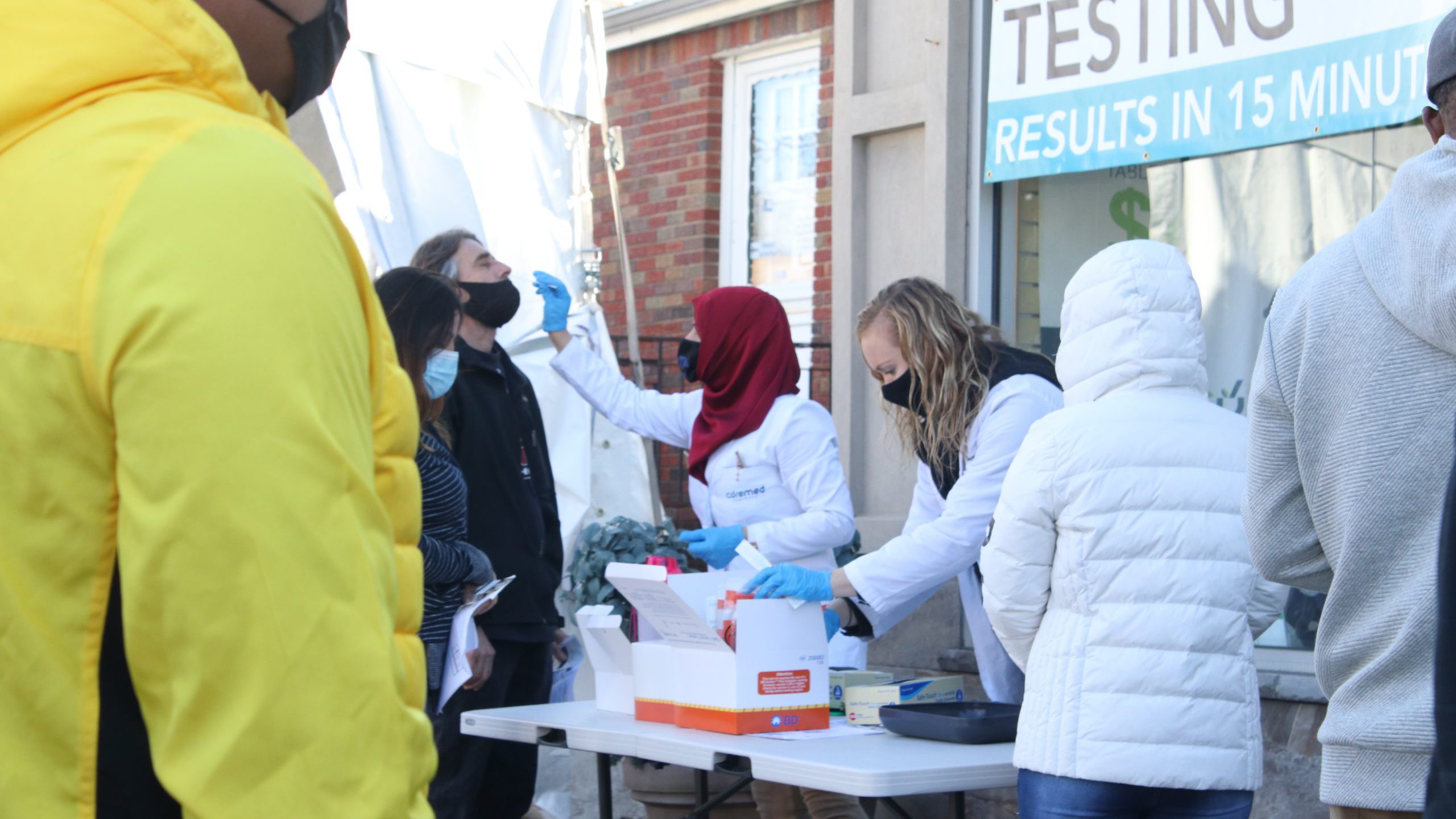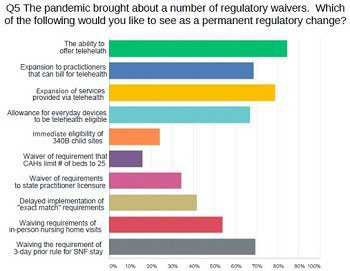This fall’s surge in COVID cases is creating a nationwide “bidding war” for nurses so intense that pay is soaring as high as $8,000 and $10,000 a week.
According to a report by Kaiser Health News, “The fall surge in COVID cases has turned hospital staffing into a sort of national bidding war, with hospitals willing to pay exorbitant wages to secure the nurses they need.”
In South Dakota, hospitals are paying nurses $6,200 a week. A hospital in Fargo, North Dakota advertised more than $8,000 a week.
“Calling the labor market for registered nurses ‘cutthroat’ is an understatement,” said Adam Seth Litwin, an associate professor of industrial and labor relations at Cornell University. “Even if the health care sector can somehow find more beds, it cannot just go out and buy more front-line caregivers.”
Nurses have long been among the hardest jobs to fill. In 2018, a Moody’s Investor Service report said the shortage of nurses had become so critical it was threatening hospital finances. A few months earlier, Reuters reported that to fill nursing shortages hospitals were spending $4.8 billion annually on travel nurses, twice what they were spending three years before.
With COVID patients flooding hospitals nationwide, demand for nurses has now become so intense that pay is skyrocketing, prompting long-time staff nurses to join the ranks of travel nurses. These contract workers fill temporary positions before traveling to another temporary nursing job.
David Deane, senior vice president of a travel nurse job board, estimates there are at least 50,000 travel nurses today, a jump from the 31,000 in 2018. One large specialty staffing firm says it added 1,000 nurses to its “reservist” roster just over the Halloween weekend.
Many of these new travel nurses are coming from rural and small hospitals that can’t afford to match the pay offered elsewhere.
“That is a huge threat,” Angelina Salazar, CEO of the Western Healthcare Alliance told Kaiser Health News. The alliance is a consortium of 29 small hospitals in rural Colorado and Utah. “There’s no way rural hospitals can afford to pay that kind of salary,” she said.
That’s hastening a “brain drain” of nurses, said Tessa Johnson, president of the North Dakota Nurses Association, and not only to hospitals in metro areas, but internationally too.
“We’ve sent nurses to Aruba, the Bahamas and Curacao because they’ve needed help with COVID,” said Deane. “You’re going down there, you’re making $5,000 a week and all your expenses are paid, right? Who’s not gonna say yes?”
Photo by Jakayla Toney on Unsplash
[bdp_post_carousel]



